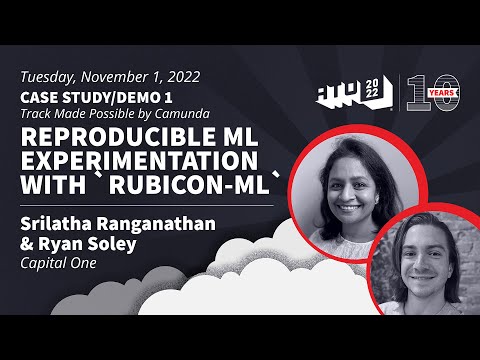Description:
Save Big on Coursera Plus. 7,000+ courses at $160 off. Limited Time Only!
Grab it
Explore reproducible machine learning experimentation with 'rubicon-ml' in this 32-minute conference talk from All Things Open 2022. Learn how Capital One's open-source Python library captures and stores model training and execution information, ensuring full reproducibility and audit-ability for developers and stakeholders. Discover how to seamlessly incorporate 'rubicon-ml' into existing ML workflows, leveraging its compatibility with popular tools like git, Scikit-learn, Dask, and Plotly. Gain insights into logging model metadata locally, using various backends, sharing and comparing experiments, and visualizing results through interactive dashboards. Understand the importance of tracking iterations across teams and see how 'rubicon-ml' addresses these challenges in Capital One's ML processes.

Reproducible ML Experimentation with Rubicon-ML
Add to list
#Computer Science
#Machine Learning
#Programming
#Programming Languages
#Python
#scikit-learn
#Data Science
#Data Visualization
#Plotly
#Data Processing
#Dask
#Software Development
#Open Source